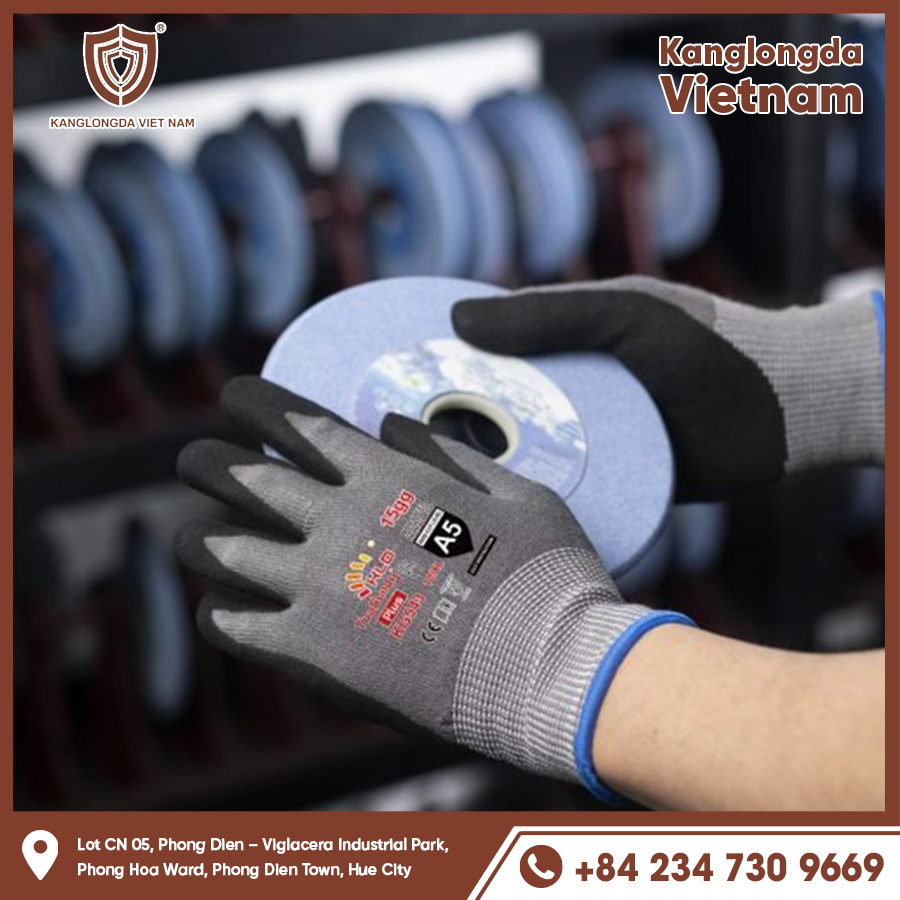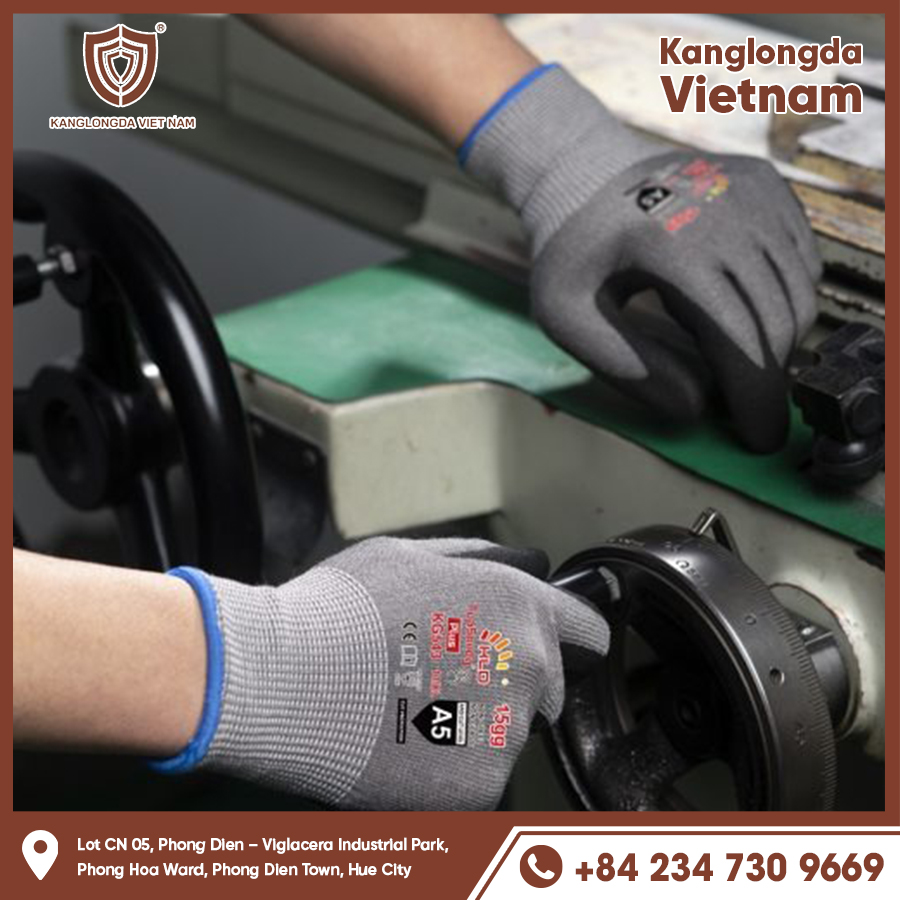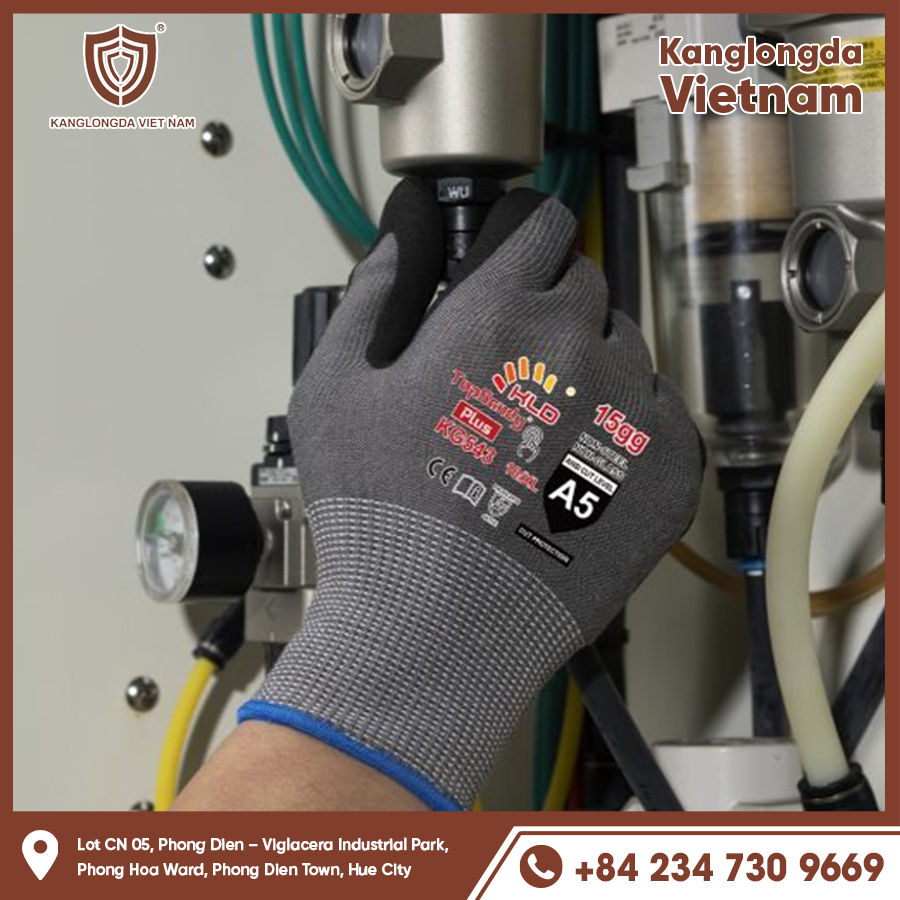Cut resistant gloves are essential personal protective equipment (PPE) for anyone working with sharp tools, blades, or hazardous materials. From industrial manufacturing and construction to kitchen and gardening tasks, these gloves safeguard your hands against injuries that could lead to serious harm or lost work time. This guide covers the types, materials, benefits, and care tips for cut resistant gloves to help you find the ideal pair for your needs. Wearing gloves is not just about compliance—it’s about protecting your most valuable tools: your hands. In workplaces filled with sharp edges, glass shards, or cutting machinery, cut resistant gloves provide a vital line of defense. They minimize the risk of lacerations and deep cuts, which are common workplace injuries causing pain, infection, or disability. Selecting the right gloves tailored to your work environment and tasks can prevent accidents and enhance productivity by giving you confidence to work efficiently.

Understanding Cut Resistant Gloves: What They Are and How They Work
What Are Cut Resistant Gloves?
Cut resistant gloves are specially designed gloves made from materials that can withstand sharp edges, slicing, and puncture risks. They offer varying levels of protection depending on the fabric, construction, and certification standards. Unlike regular gloves, they minimize the risk of lacerations by providing a barrier that resists cutting forces. These gloves are engineered to reduce the depth and severity of cuts if contact with blades or sharp objects occurs. Some models also offer additional protection against punctures and abrasions, making them versatile for a wide range of industries.
Common Materials Used in Cut Resistant Gloves
High-performance fibers like Kevlar, Dyneema, Spectra, and stainless steel fibers are often blended to create cut resistant gloves. These materials are lightweight yet incredibly strong, allowing gloves to remain flexible while protecting against cuts. Kevlar, for example, is well-known for its use in bulletproof vests and offers excellent cut resistance. Dyneema and Spectra fibers provide ultra-high molecular weight polyethylene, known for extreme strength-to-weight ratio. Some gloves incorporate coatings like nitrile, polyurethane, or latex to improve grip and durability, ensuring secure handling of slippery or oily tools. These coatings also add a layer of protection against abrasion and liquid penetration.
Standards and Ratings for Cut Resistance
Cut resistant gloves are tested and rated according to standards such as ANSI/ISEA 105 in the US or EN 388 in Europe. These ratings measure the glove’s ability to resist cuts using standardized tests, helping users select gloves suitable for their specific hazard levels. Ratings range from Level A1 (lowest) to A9 (highest) in ANSI, and from 1 to 5 in EN 388. Understanding these ratings helps match gloves to the severity of your work environment. For example, a glove rated ANSI A4 or EN 388 Level 4 is suitable for moderate cut risks, whereas higher ratings are needed for glass handling or metal fabrication. Additionally, some gloves include impact protection or thermal resistance, broadening their safety capabilities.
Types of Cut Resistant Gloves for Various Applications
Industrial and Manufacturing Gloves
These gloves are designed to protect workers in factories, assembly lines, and machine shops. They often combine high cut resistance with oil and abrasion resistance. Many models feature reinforced palms and fingertips for extra durability. These gloves must withstand constant friction, exposure to chemicals, and occasional contact with sharp metal edges. Some industrial gloves also offer chemical splash resistance and heat protection, catering to complex manufacturing processes. Brands often produce gloves with touchscreen compatibility, allowing operators to use devices without removing protection.
Culinary and Kitchen Gloves
Chefs and kitchen staff require cut resistant gloves to handle sharp knives and slicers safely. These gloves are typically lightweight, flexible, and sometimes food-safe, allowing for precision cutting while preventing accidental injuries. Culinary cut resistant gloves often have nitrile or latex coatings for enhanced grip when working with wet or oily foods. They need to balance protection with sensitivity, as chefs rely heavily on touch to prepare dishes effectively. Many kitchen gloves are also designed to be easy to clean and sanitize to meet hygiene standards.
Outdoor and Gardening Gloves
Cut resistant gloves for gardening protect against thorny bushes, sharp tools, and rough materials. These gloves balance cut resistance with breathability and comfort, making them suitable for extended outdoor use. Garden gloves often include features like water resistance, breathable mesh backs, and reinforced palms to withstand pruning, digging, and handling rough stones or debris. Some models integrate UV protection to shield skin from sun exposure during long hours outside. Flexible fit and adjustable cuffs improve comfort and prevent dirt from entering.

Key Features to Consider When Choosing Cut Resistant Gloves
Level of Cut Resistance Needed
Determine the risk level of your tasks to select the appropriate cut resistance rating. For light-duty work, lower ratings may suffice, but heavy-duty tasks with high risk require gloves with top ratings such as ANSI A7 or EN 388 Level 5. Assessing the exact nature of hazards—such as whether cuts are from blades, glass, or metal shards—helps in selecting the optimal glove. Overprotecting can reduce dexterity, so balance protection with usability. Some jobs may also require multi-hazard gloves that combine cut resistance with chemical or impact protection.
Comfort and Fit
A well-fitting glove improves dexterity and reduces hand fatigue. Look for gloves that offer good breathability and flexibility, especially if you need to wear them for long hours. Adjustable cuffs and seamless designs enhance comfort further. Materials like spandex blends or knitted liners increase flexibility, while moisture-wicking liners help keep hands dry. Proper fit also prevents gloves from slipping off or bunching up, which can cause discomfort or accidents. Trying gloves on before purchasing is ideal; if buying online, check sizing guides carefully.
Grip and Coating Options
Coatings like nitrile or polyurethane provide superior grip on wet or oily surfaces, preventing accidents. Consider the working environment to choose gloves with suitable coatings that offer both protection and functionality. Some gloves feature foam nitrile coatings for superior breathability and wet grip, while others use fully coated palms for oil resistance. In dry conditions, textured latex coatings can improve grip on rough surfaces. Additionally, some gloves have partial coatings to enhance flexibility in finger joints while protecting critical areas.
Benefits of Using Cut Resistant Gloves in Different Industries
Manufacturing and Construction Safety
Cut resistant gloves reduce workplace injuries significantly by protecting against sharp machinery, metal shards, and glass. This leads to fewer lost workdays and improved worker confidence. Many industrial gloves also resist abrasion and punctures for comprehensive protection. Employers benefit from fewer compensation claims and better compliance with safety regulations. Some gloves also feature high visibility colors for better hand signaling and safety communication on-site.
Food Processing and Culinary Applications
Kitchen workers face constant risks from knives and slicers. Cut resistant gloves prevent deep cuts without sacrificing precision, ensuring both safety and productivity in food preparation. These gloves are often washable and reusable, adding convenience. In food processing plants, gloves also help maintain hygiene by minimizing contact between skin and food. Some gloves come with antimicrobial treatments to prevent bacteria buildup. Their lightweight construction prevents hand fatigue during long shifts.
Gardening and Landscaping Protection
Sharp branches, thorns, and pruning tools pose cut hazards outdoors. Cut resistant gloves designed for gardening safeguard hands while maintaining flexibility and comfort, allowing for more effective and safer work. Garden gloves protect against insect bites and minor abrasions as well. Some models integrate stretch panels for easier hand movement, and breathable materials prevent excessive sweating. Good grip also helps reduce the risk of dropping tools or plants during handling.
How to Maintain and Care for Cut Resistant Gloves for Long-Term Use
Cleaning and Washing Tips
Follow manufacturer instructions; many cut resistant gloves are machine washable. Avoid harsh detergents or bleach that can degrade fibers. Washing gloves regularly removes dirt and contaminants that may reduce their protective qualities. For coated gloves, hand washing is often recommended to preserve coatings. Allow gloves to air dry naturally—avoid direct heat or sunlight that can cause stiffness or cracking. Proper cleaning maintains glove integrity and extends usable life.
Inspection and Replacement Guidelines
Regularly inspect gloves for signs of wear, thinning, or damage. Replace gloves immediately if their cut resistance is compromised to maintain safety. Keep track of usage time as gloves have finite lifespans depending on exposure and wear. Look for holes, fraying threads, or worn coatings. Some gloves feature wear indicators that help users know when it’s time for replacement. Using damaged gloves puts workers at risk of injury, so ongoing assessment is critical.
Proper Storage Practices
Store gloves in a dry, cool place away from direct sunlight and chemicals. Proper storage prevents material degradation and keeps gloves ready for safe use. Avoid compressing gloves tightly or folding them sharply, which can create cracks or weaken fibers. Hanging gloves or placing them flat in a drawer is ideal. Keeping gloves separate from heavy tools or sharp objects also helps preserve their shape and protective properties.

Cut resistant gloves are a vital safety investment for anyone exposed to sharp hazards. By understanding the types, features, and care requirements, you can select gloves that offer the best balance of protection, comfort, and durability. Whether working in industrial settings, kitchens, or gardens, the right cut resistant gloves will protect your hands and boost your confidence on the job. Investing in quality gloves and maintaining them properly ensures maximum safety, longer lifespan, and improved work efficiency. Always choose gloves certified to recognized safety standards and tailored to your specific work environment for optimal hand protection.






